
Earth is a primate planet, thanks primarily to the 7.3 billion humans who inhabit and reshape its surface. But behind this conspicuous sea of people, the story of Earth's roughly 700 other primate species and subspecies is a lot less triumphant.
More than half of those primates are now in serious danger of becoming extinct, warns a report by the world's top primatologists and conservationists. Our closest living relatives are being wiped out by large-scale habitat destruction — especially from the burning and clearing of tropical forests — as well as by hunting for food and for the illegal wildlife trade.
That's according to the latest list of Earth's 25 most endangered primates, which is updated every two years by scientists from the International Union for the Conservation of Nature (IUCN), the Bristol Zoological Society (BZS), the International Primatological Society (IPS) and Conservation International (CI).
"Primates are a prominent and essential component of a very large part of the world’s tropical forests and savannahs," said Anthony Rylands, deputy chair of the IUCN SSC Primate Specialist Group, and primate conservation director of Global Wildlife Conservation. "We are only now beginning to understand their diversity and their ecological role in these extraordinarily rich and complex environments, yet hunting and the degradation, fragmentation and loss of their habitats is devastating their populations worldwide — more than half of all primates are now threatened. This report draws attention to the severity of the situation for just a few of those most endangered."
The list includes a mix of primates long known to be in existential danger, like Bornean orangutans and eastern lowland gorillas, along with relative newcomers like the Caqueta titi monkey and the Gerp's mouse lemur.
"This report makes for alarming reading and it is vital that we use it to highlight the desperate conservation need for so many primate species, many of which are on the very brink of being lost to extinction," said Christoph Schwitzer, director of conservation at the Bristol Zoological Society, deputy chair of the IUCN SSC Primate Specialist Group, and the publication’s lead editor. The report demonstrates the growing importance of collaboration between the international conservation, scientific and zoo communities in the protection of species and habitats."
First, though, we should get to know our distant cousins a little better. In no particular order, here's a who's-who of the 25 most endangered primates on the planet:
Ring-tailed lemur (Lemur catta)
- Status: Endangered
- Range: southern and southwestern Madagascar
- Population: Unknown; overall population is low with most populations occurring in small, fragmented forests
Mountain galago (Paragalago orinus)
- Status: Near Threatened
- Range: Endemic to Tanzania in seven of the 11 Eastern Arc mountains
- Population: Unknown
Javan slow loris (Nycticebus javanicus)
- Status: Critically Endangered
- Range: Three provinces in Indonesia
- Population: Unknown. Some small, isolated populations exists in gardens and agricultural lands.
Aye-Aye (Daubentonia madagascariensis)
- Status: Endangered
- Range: fragmented pockets across the coastal areas of Madagascar
- Population: Unknown: based only on signs and infrequent sightings, it is known to live in many different types of habitats and regions. Population is declining due to habitat loss and hunting.
White-thighed colobus (Colobus vellerosus)
- Status: Vulnerable
- Range: fragmented distribution from the area between the Sassandra and Bandama rivers in Ivory Coast to Benin, possibly extending into southwestern Nigeria
- Population: Unknown
Pig-tailed langur (Simias concolor)
- Status: Critically Endangered
- Range: Mentawai Archipelago, Indonesia
- Population: ranges from 6,700 to 17,300 down from an estimated population of 26,000 in 1980, largely due to illegal hunting — even in protected areas such as Siberut National Park, a UNESCO Biosphere Reserve
Hainan gibbon (Nomascus hainanus)
- Status: Critically Endangered
- Range: endemic to Hainan Island, China and currently confined to Bawangling National Nature Reserve
- Population: 13, consisting of two groups, in addition to two solitary individuals
Niger Delta red colobus (Piliocolobus epieni)
- Status: Critically Endangered
- Range: between the Forcados-Nikrogha Creek and the Sagbama-Osiama-Agboi Creek in the marsh forest of the Niger Delta in Nigeria
- Population: Unknown but recent reports suggest rapidly decreasing numbers
- Gerp's mouse lemur (Microcebus gerpi)
Gerp's mouse lemur (Microcebus gerpi)
Status: Critically Endangered
Range: central, eastern Madagascar
Population: Unknown, decreasing and severely fragmented
Crested macaque (Macaca nigra)
- Status: Critically Endangered
- Range: northeastern Sulawesi, Indonesia and adjacent islands of Pulau Manadotua and Pulau Talise
- Population: precise number left on Sulawesi is unknown, but the population has dropped 70 to 90 percent in the last 30 years
Cat Ba langur, aka golden headed langur (Trachypithecus poliocephalus)
- Status: Critically Endangered
- Range: northern Vietnam and southern China
- Population: 64 individuals, down from an estimated 100 in 2000
Eastern lowland gorilla, aka Grauer's gorilla (Gorilla beringei graueri)
- Status: Critically Endangered
- Range: Rain forests in eastern Democratic Republic of the Congo
- Population: estimated 3,800, which represents a 77 percent decline in a single generation
James' sportive lemur (Lepilemur jamesorum)
- Status: Critically Endangered
- Range: Manombo Special Reserve region in southeastern Madagascar
- Population: approximately 1,386
Caquetá titi monkey (Plecturocebus caquetensis)
- Status: Critically Endangered
- Range: eastern Colombia in the south of Caquetá between the Orteguaza and Caquetá rivers
- Population: only 82 individuals were observed during surveys from 2008 to 2010
Tonkin snub-nosed monkey (Rhinopithecus avunculus)
- Status: Critically Endangered
- Range: confined to a few areas in far northeastern Vietnam
- Population: Estimated 250 and declining, due mainly to hunting
Ka'apor capuchin (Cebus kaapori)
- Status: Critically Endangered
- Range: Maranhão and Pará, Brazil (eastern Amazon rainforest)
- Population: Unknown; only three groups are considered viable over the next 100 years
Gee's golden langur (Trachypithecus geei)
- Status: Endangered
- Range: Bhutan and northeastern India
- Population: less than 1,500 in India and approximately 4,000 in Bhutan with less than 2,500 mature individuals globally
Ecuadorian brown-headed spider monkey (Ateles fusciceps)
- Status: Critically Endangered
- Range: Pacific coast of Ecuador, possibly southern Colombia
- Population: Unknown; has already become locally extinct in several areas amid heavy deforestation and hunting
Bornean orangutan (Pongo pygmaeus)
- Status: Critically Endangered
- Range: endemic to the island of Borneo
- Populationn: most recent estimate from 2004 shows approximately 55,000, which is a rapid decline from the estimated 288,500 in 1973 and is projected to decline even further to 47,000 by 2025
Northern brown howler monkey (Alouatta guariba guariba)
- Status: Critically Endangered
- Range: Minas Gerais, Brazil
- Population: Fewer than 250 mature animals living in 10 forest patches
Roloway monkey (Cercopithecus diana roloway)
- Status: Critically Endangered
- Range: Upper Guinean tropical forests, Ghana and Ivory Coast and may extend into Burkina Faso
- Population: Unknown; considered to be "on the very verge of extinction," according to the BZS, due to habitat loss and poaching for bushmeat
Western purple-faced langur (Trachypithecus vetulus nestor)
- Status: Critically Endangered
- Range: Forests around Colombo, Sri Lanka's most densely populated region
- Population: Unknown; 80 percent of its historical range is now urbanized
Lac Alaotra bamboo lemur (Hapalemur alaotrensis)
- Status: Critically Endangered
- Range: Papyrus and reed beds surrounding Lac Alaotra, Madagascar
- Population: estimated 2,500 and decreasing, due to hunting and habitat loss
Perrier's sifaka (Propithecus perrieri)
- Status: Critically Endangered
- Range: Dry deciduous and semi-humid forests of northeastern Madagascar; described as "very restricted" distribution by IUCN
- Population: less than 500 and decreasing, largely due to conversion of its marsh habitat to rice fields. Effective breeding program population is approximately 125.
Geoffroy's spider monkey (Ateles geoffroyi)
- Status: Endangered
- Range: Mexico, Guatemala, Nicaragua, Honduras, El Salvador, Costa Rica and Panama
- Population: Combining different subspecies, approximately 943 individuals
There were also three other primate species that were considered but didn't make the list but are still highly threatened: Bangka slow loris, Mantehage Island tarsier and Silvery-brown tamarin.


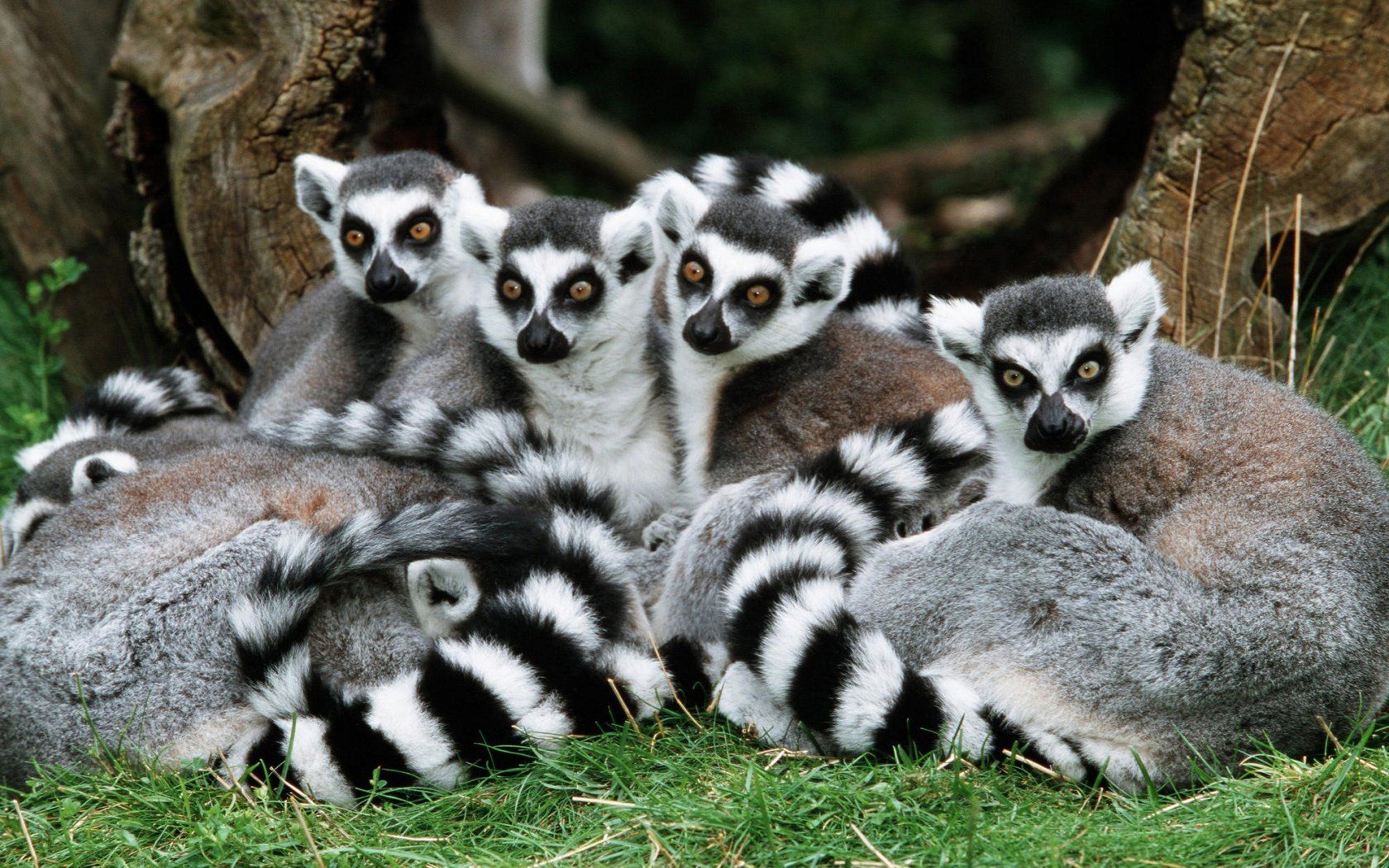
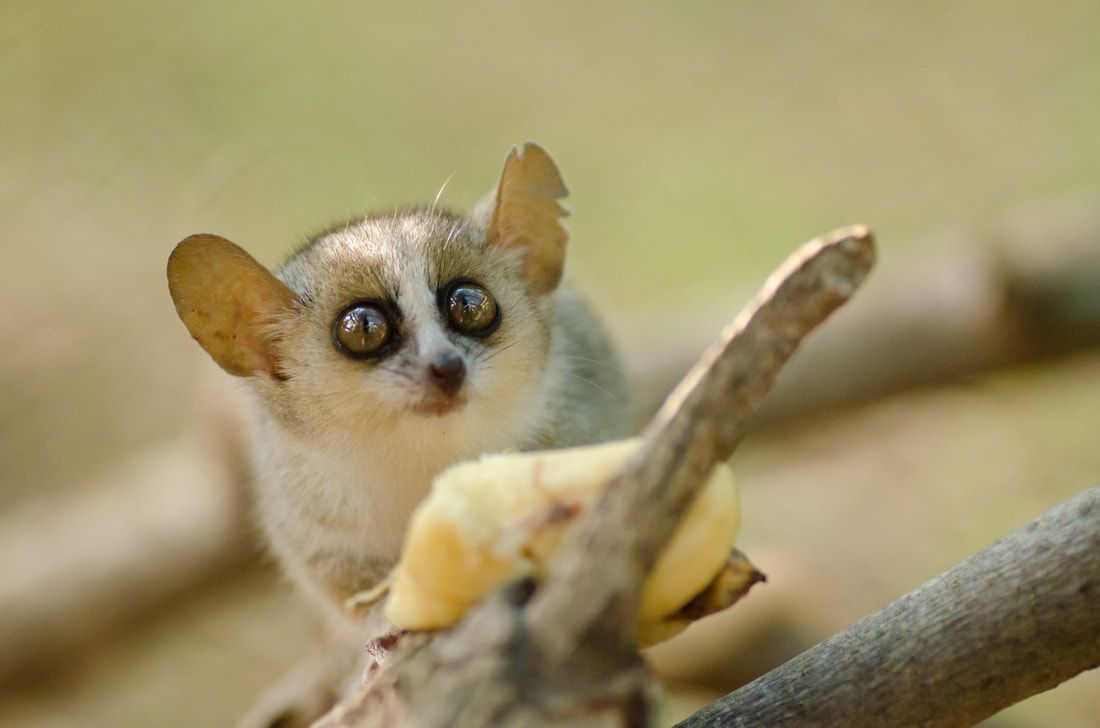
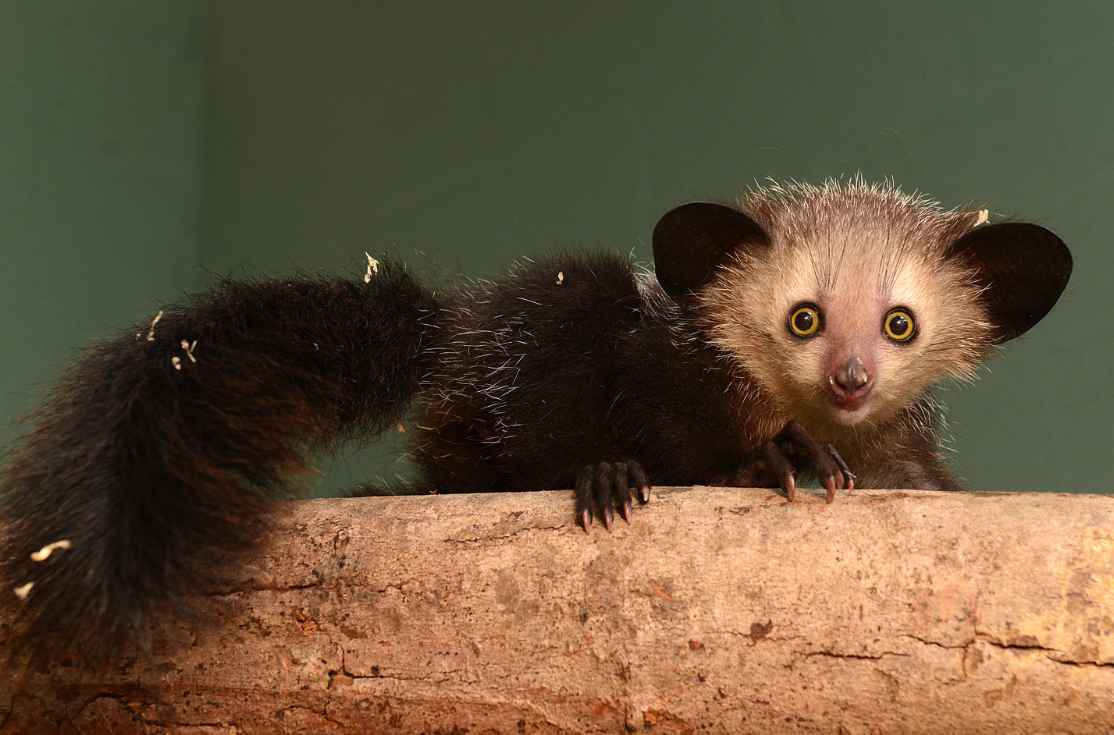
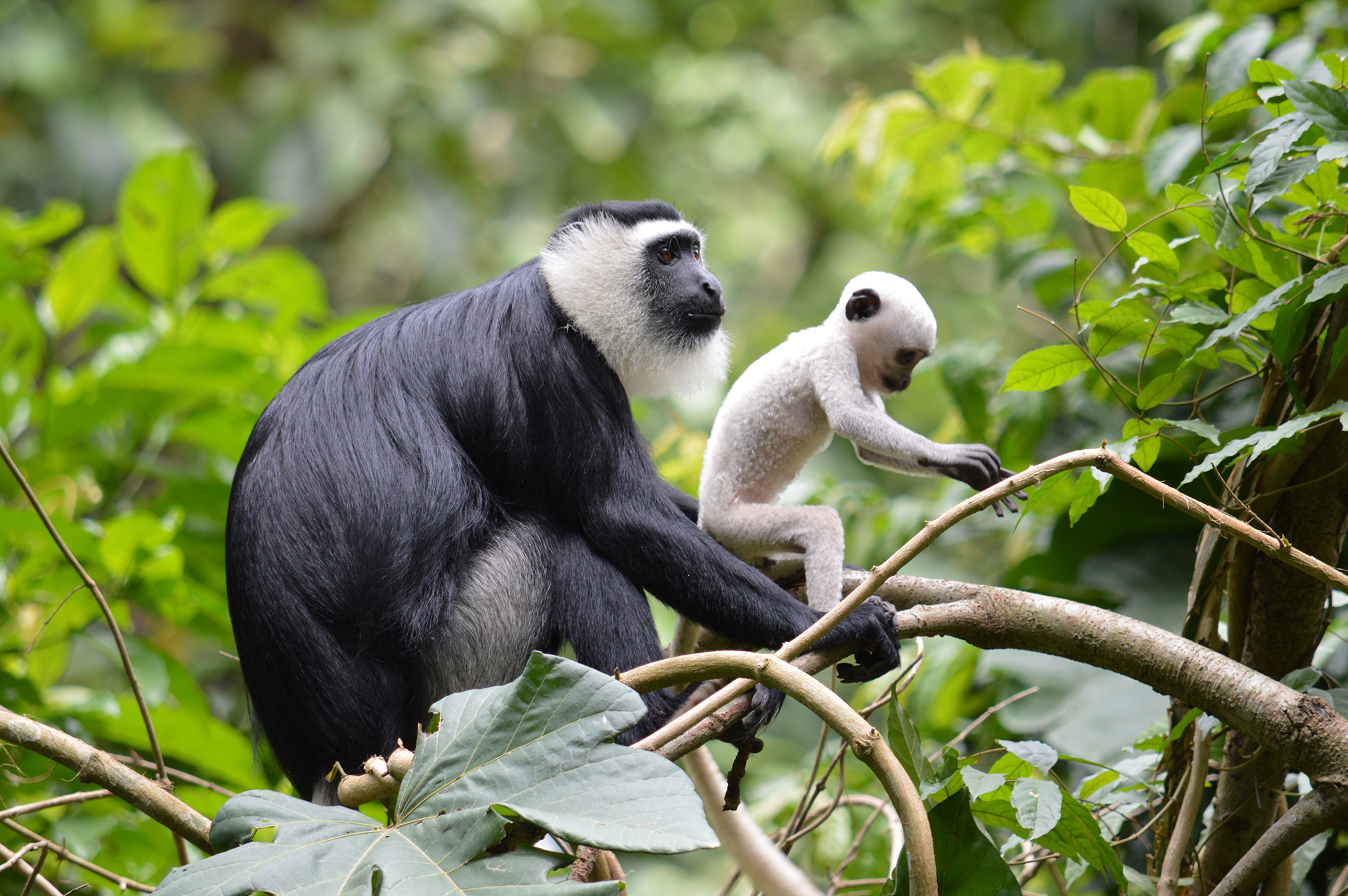
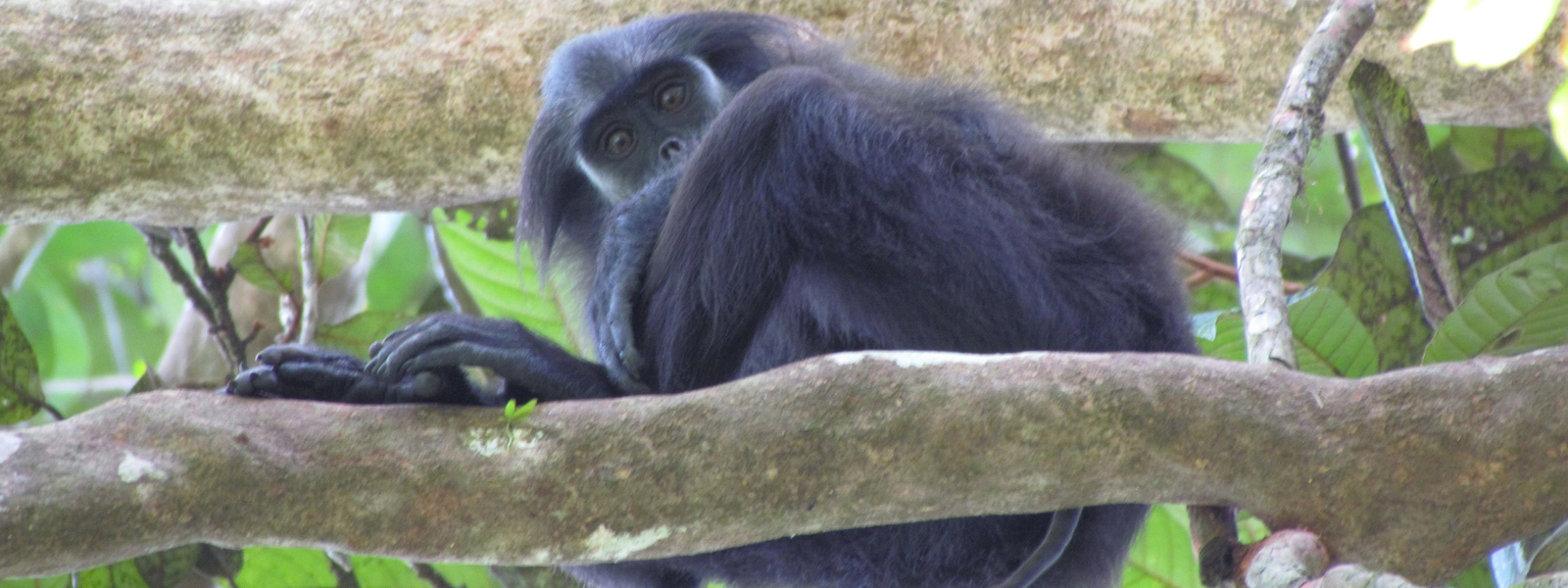
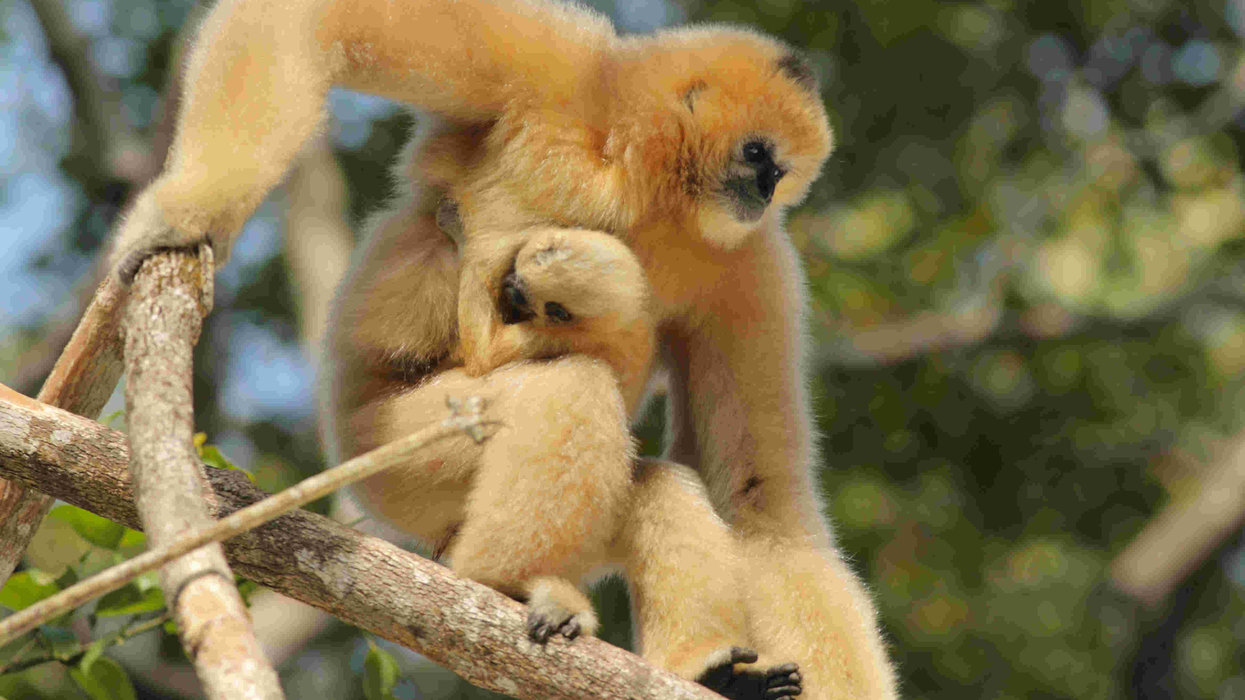
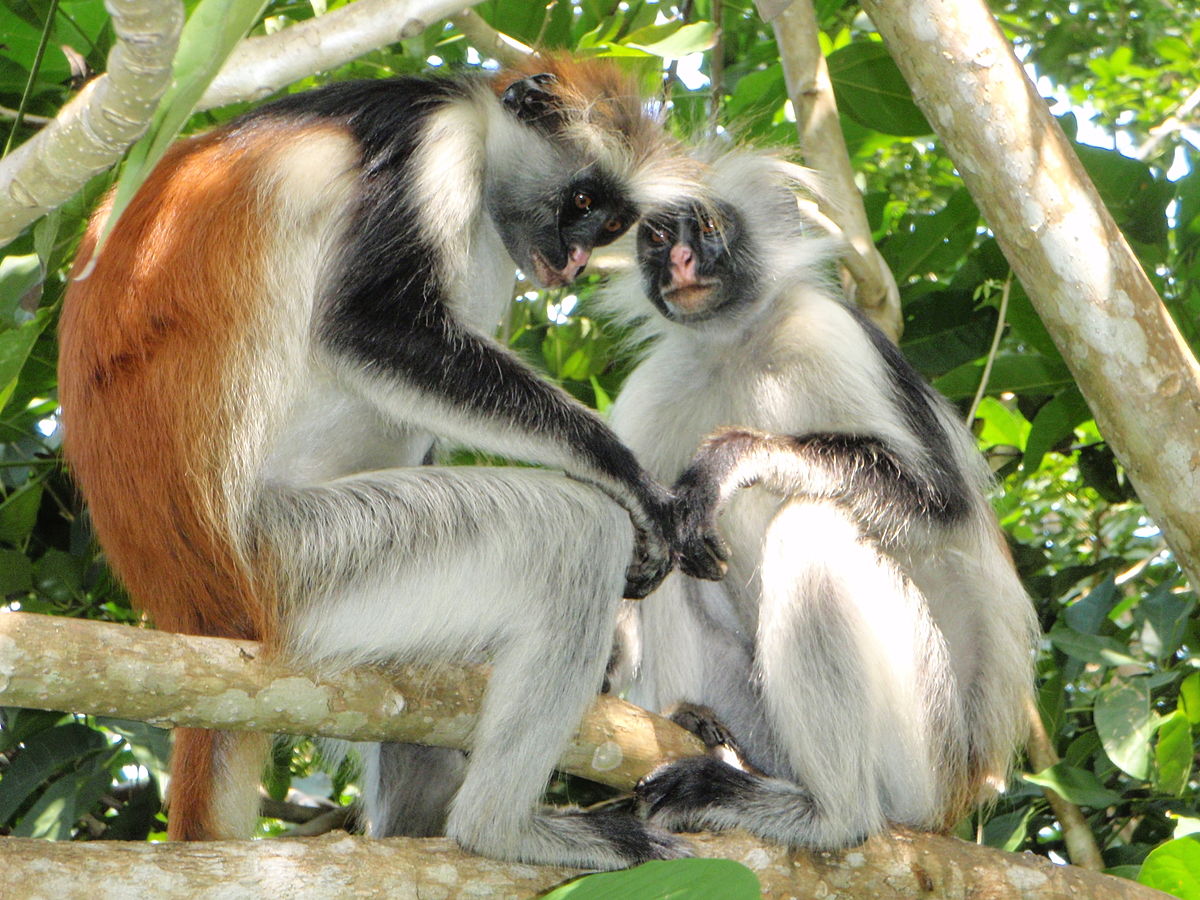
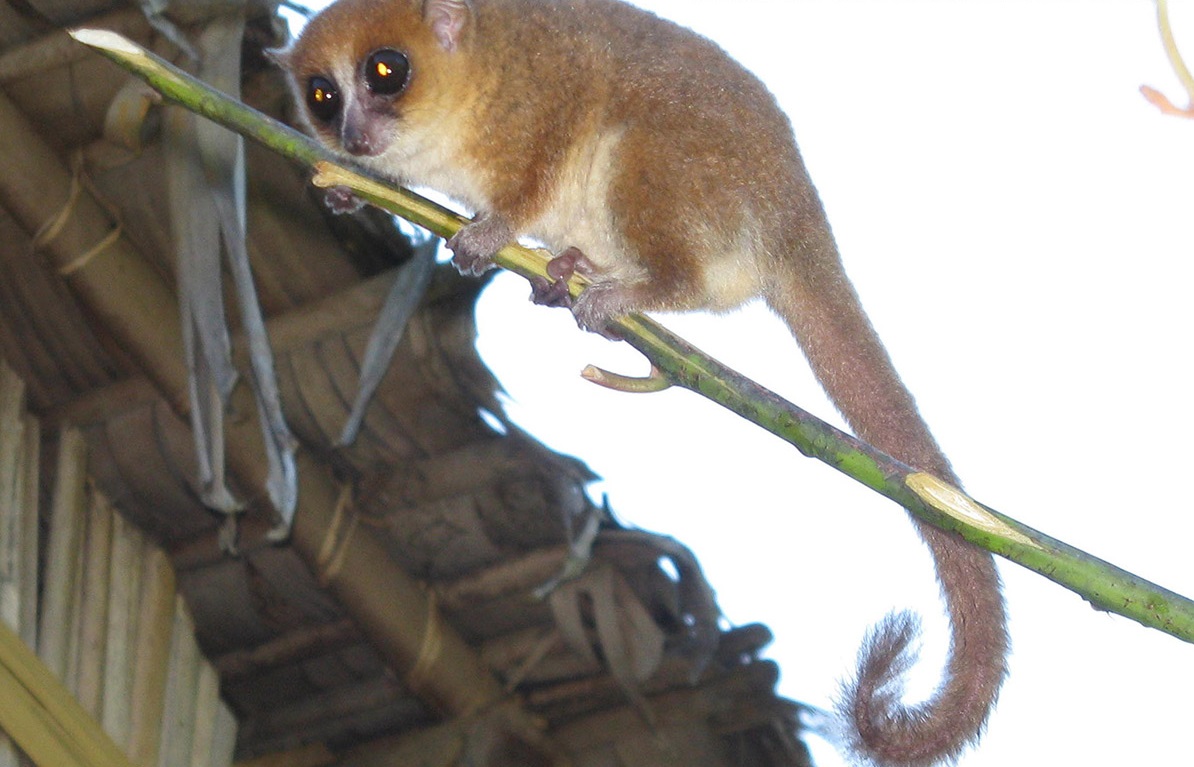
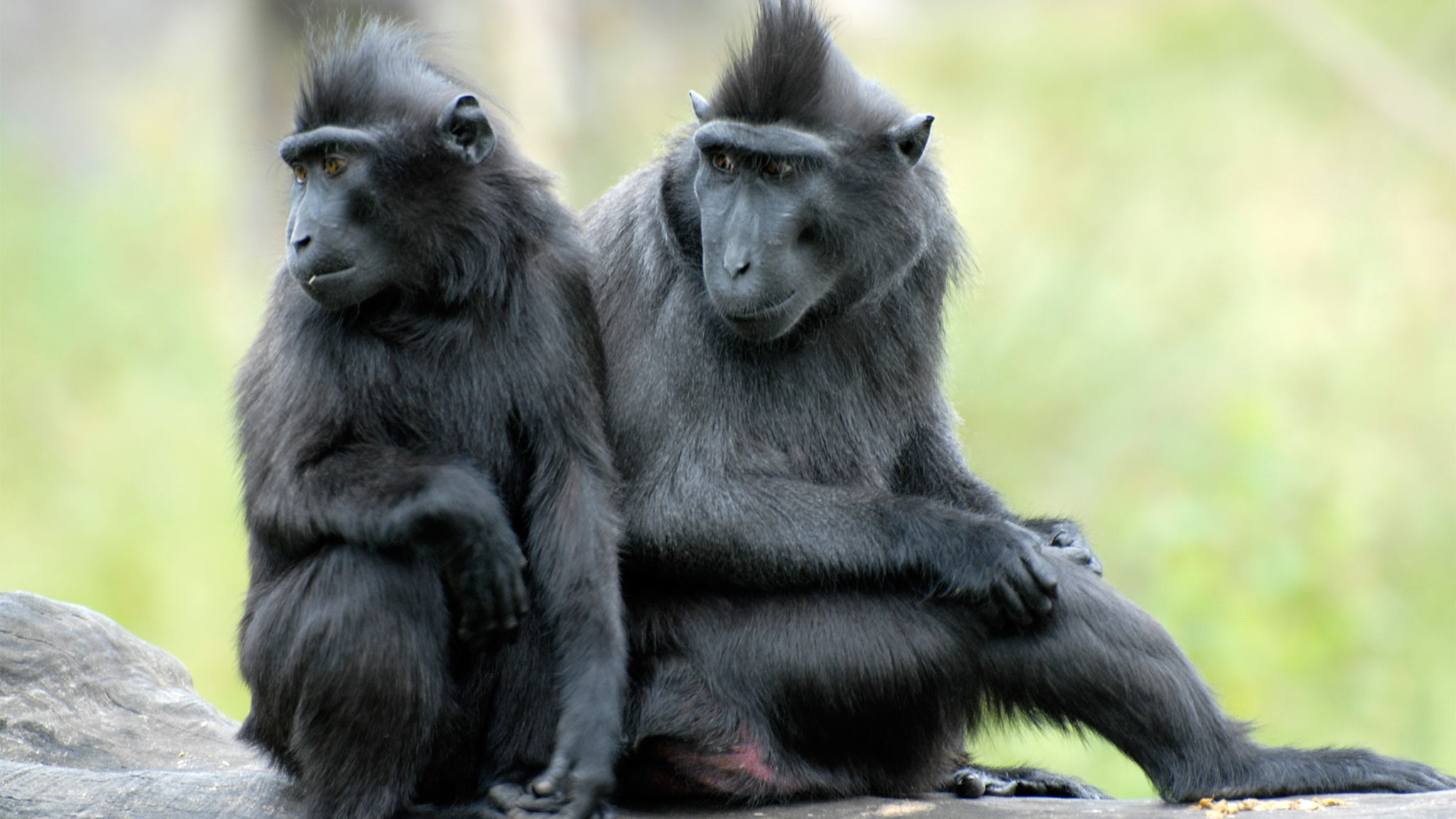
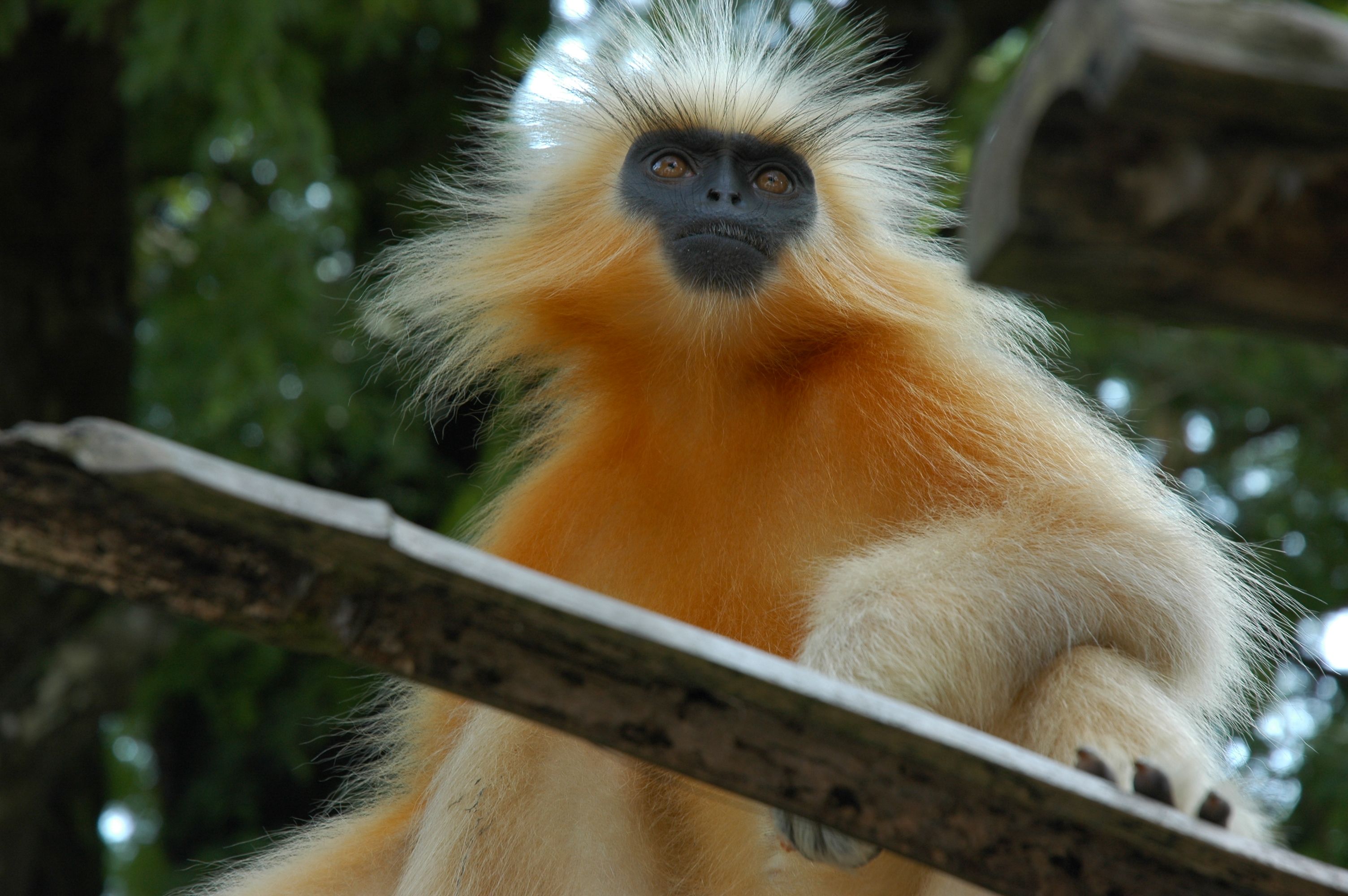
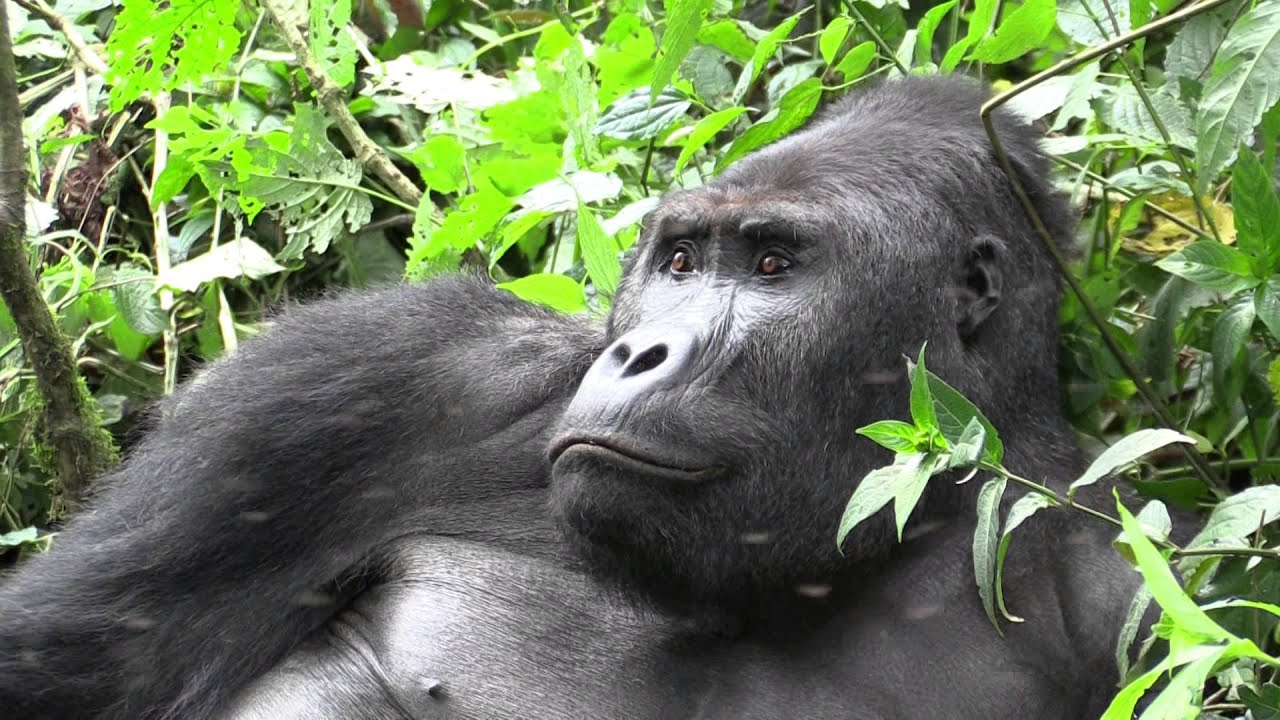
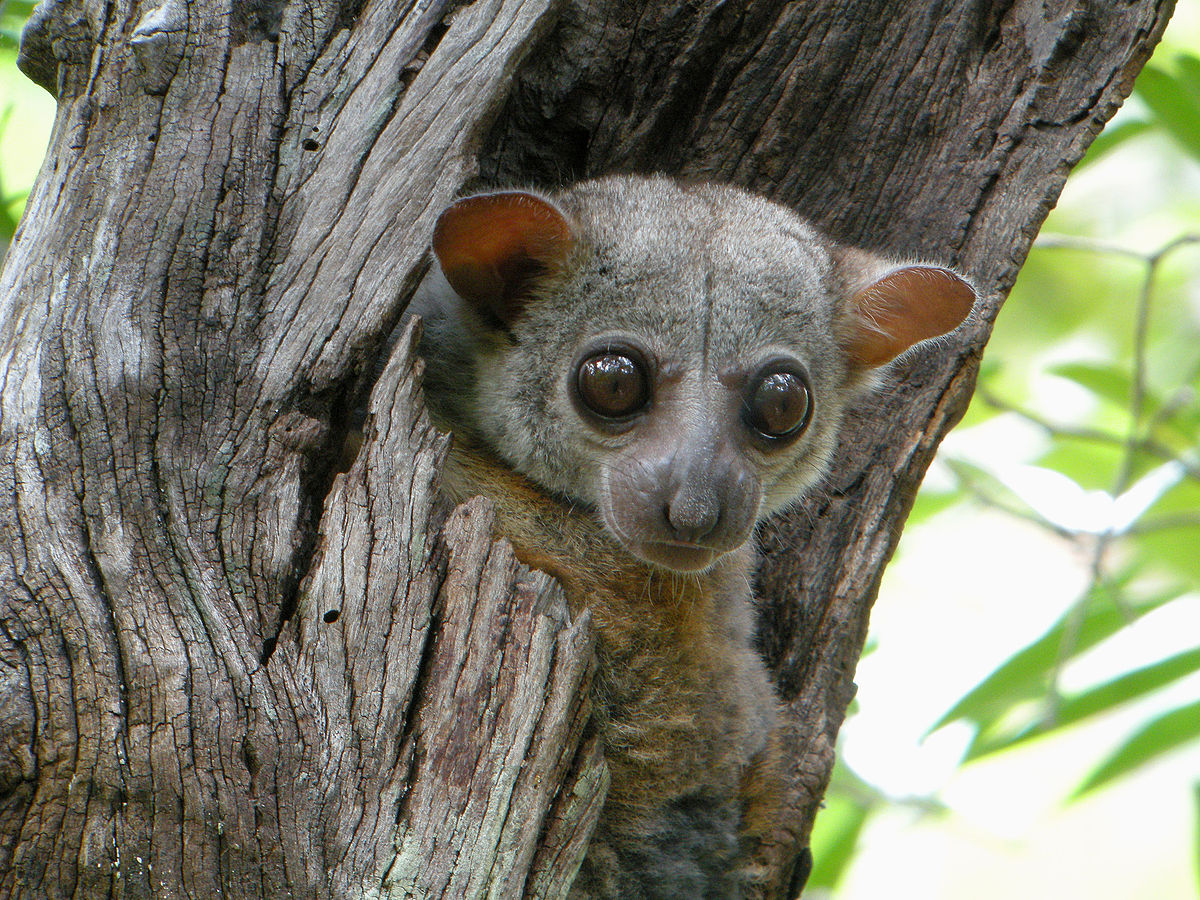
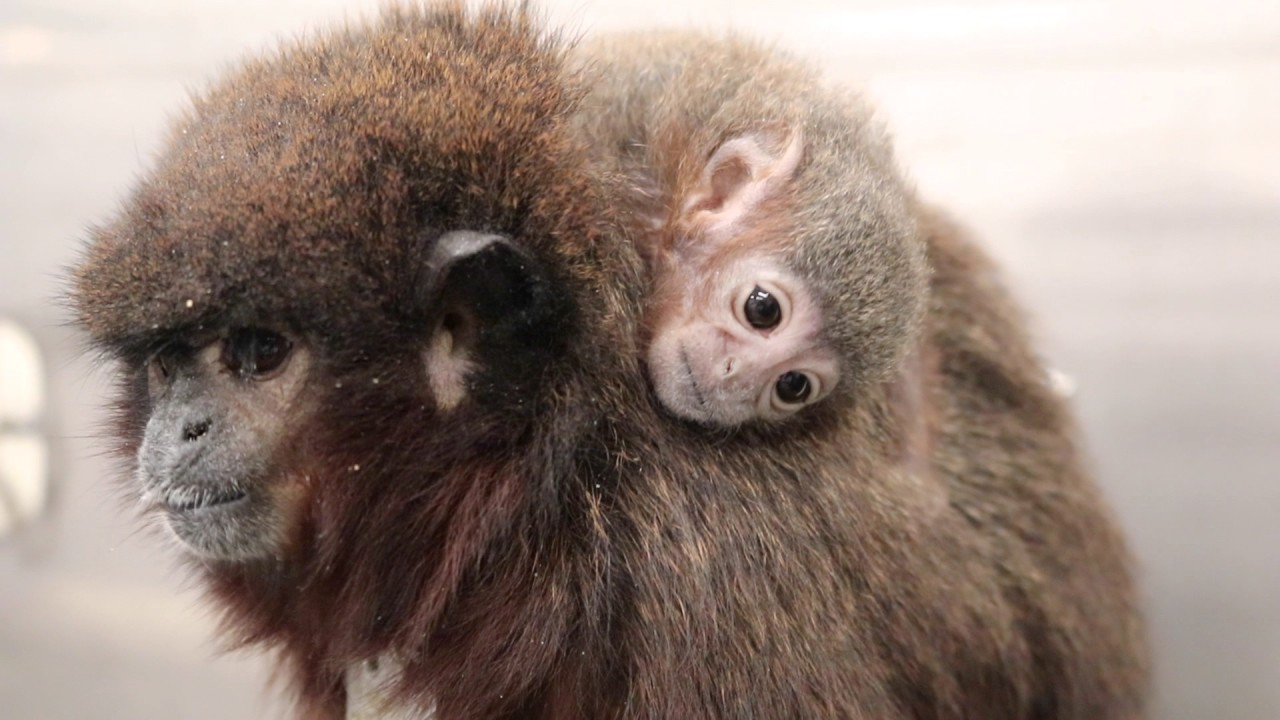
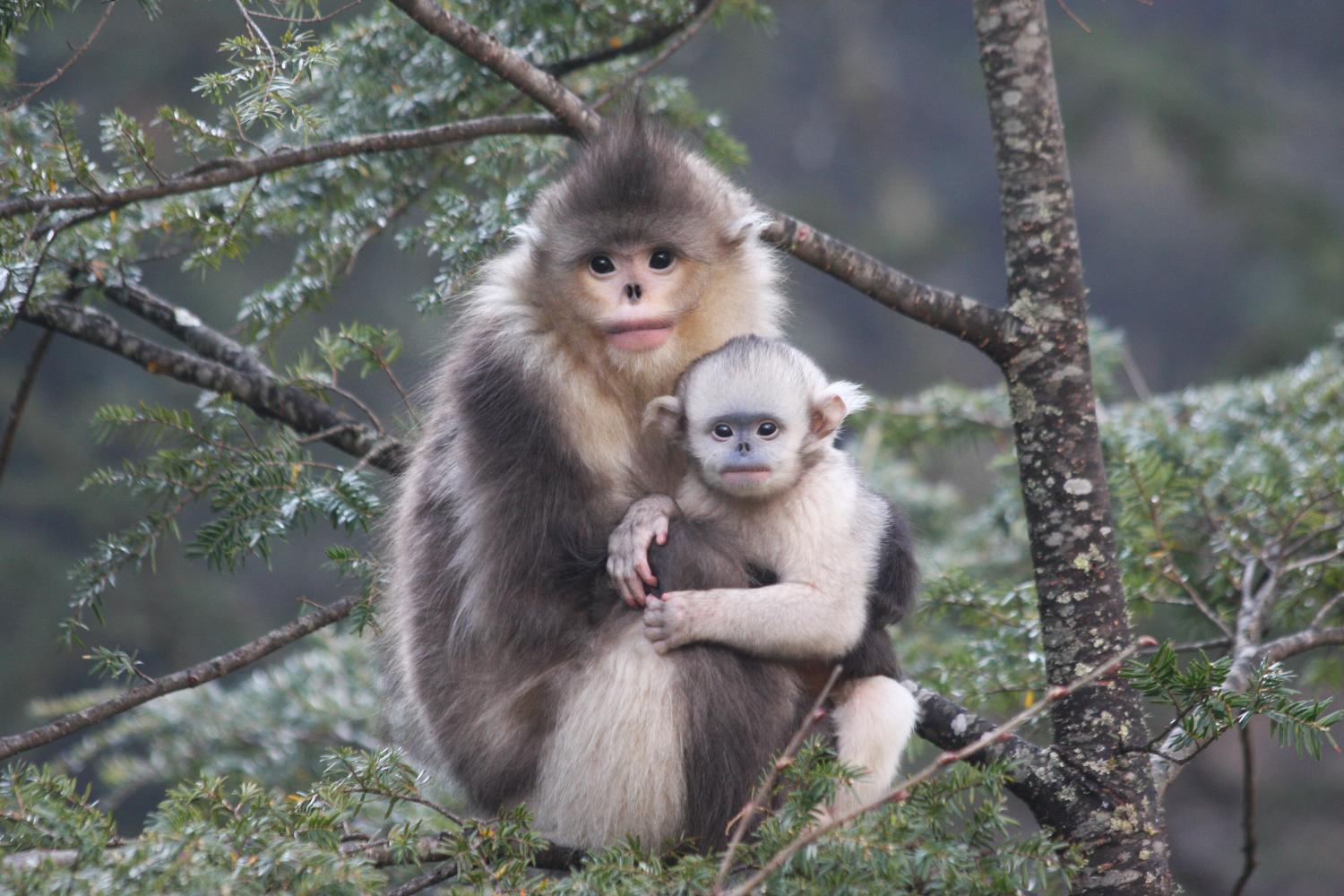
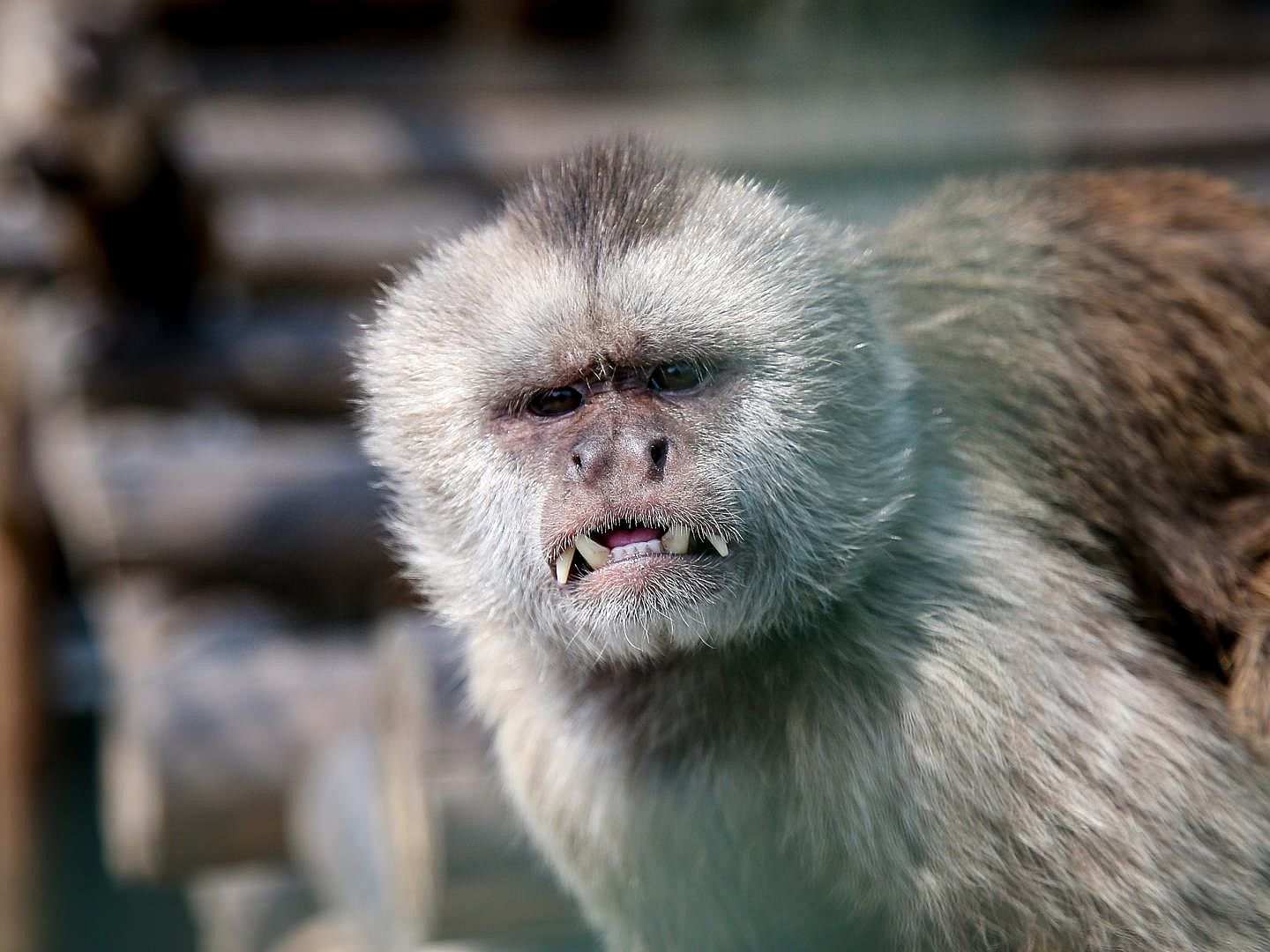
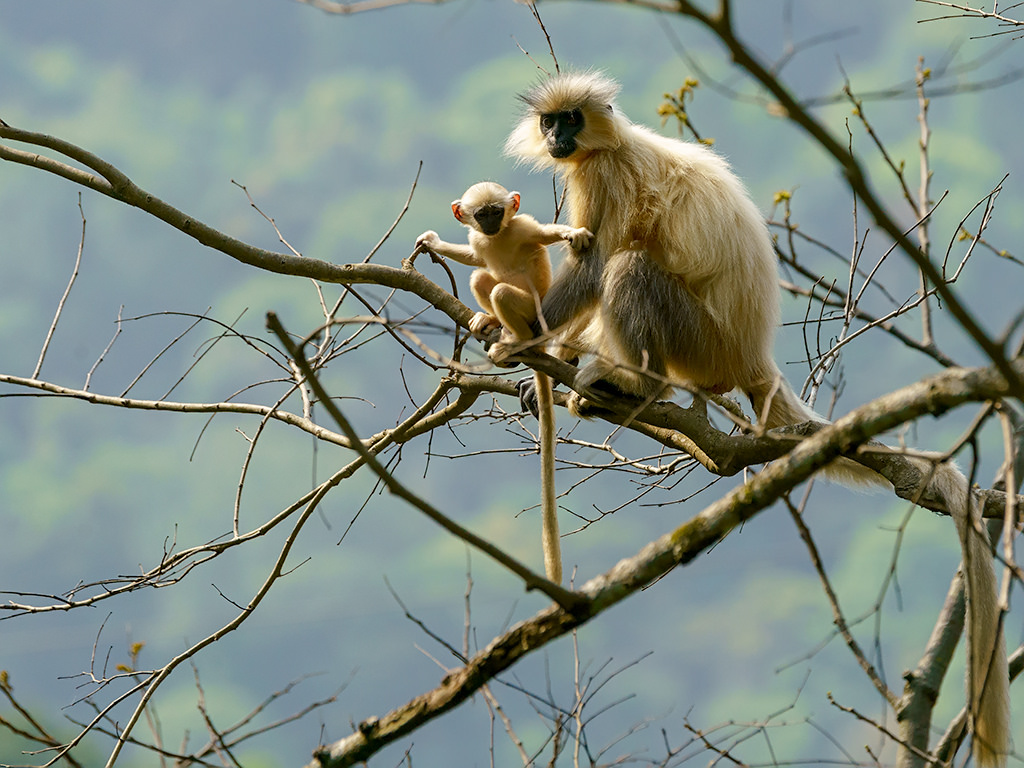
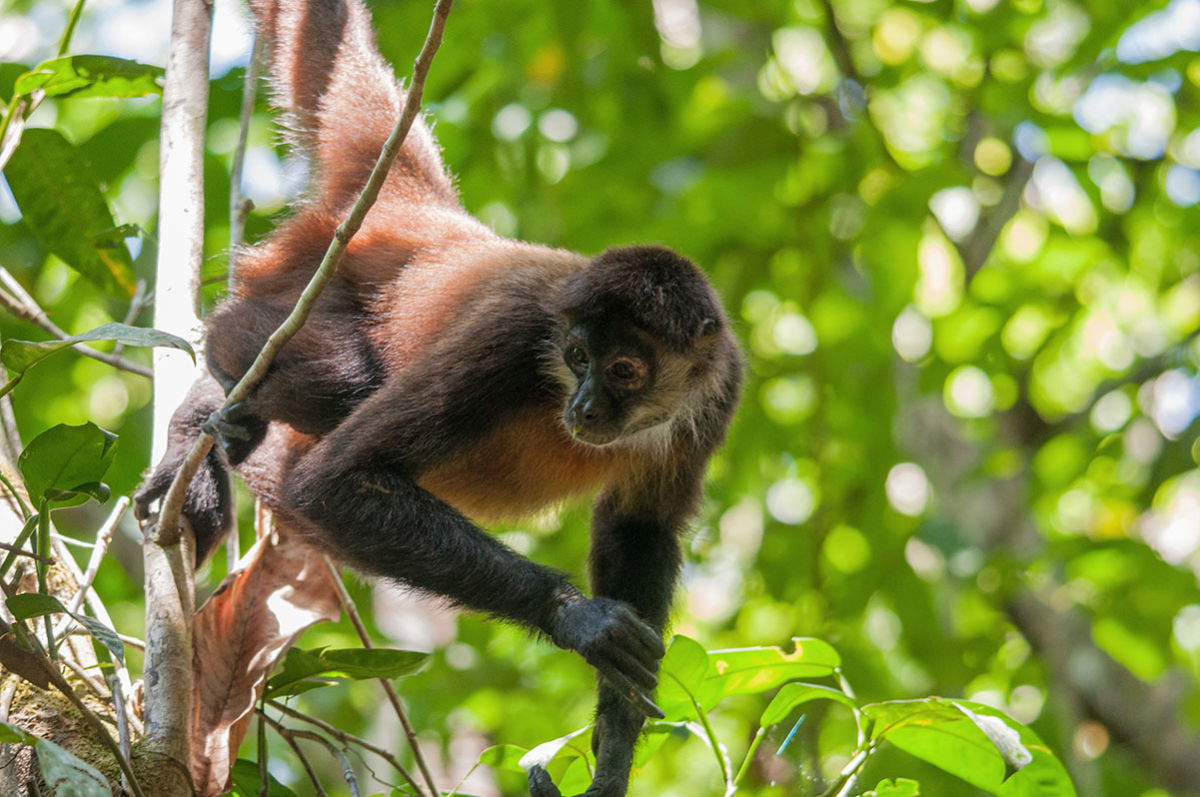
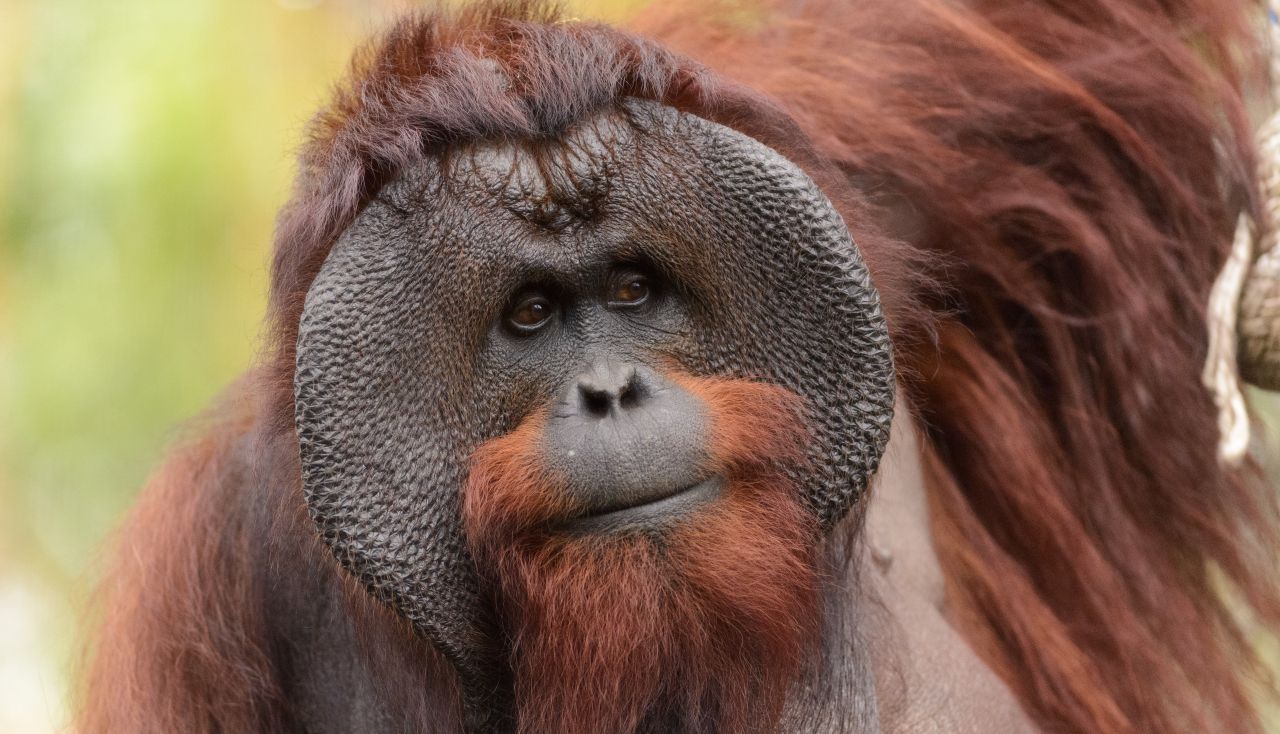
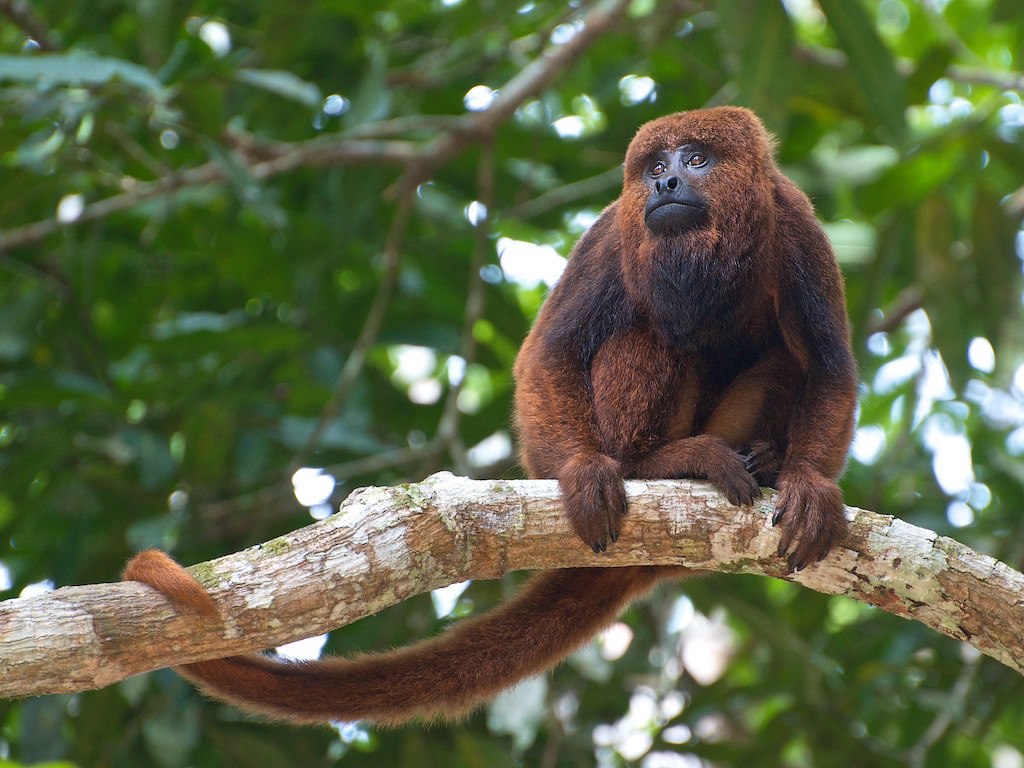
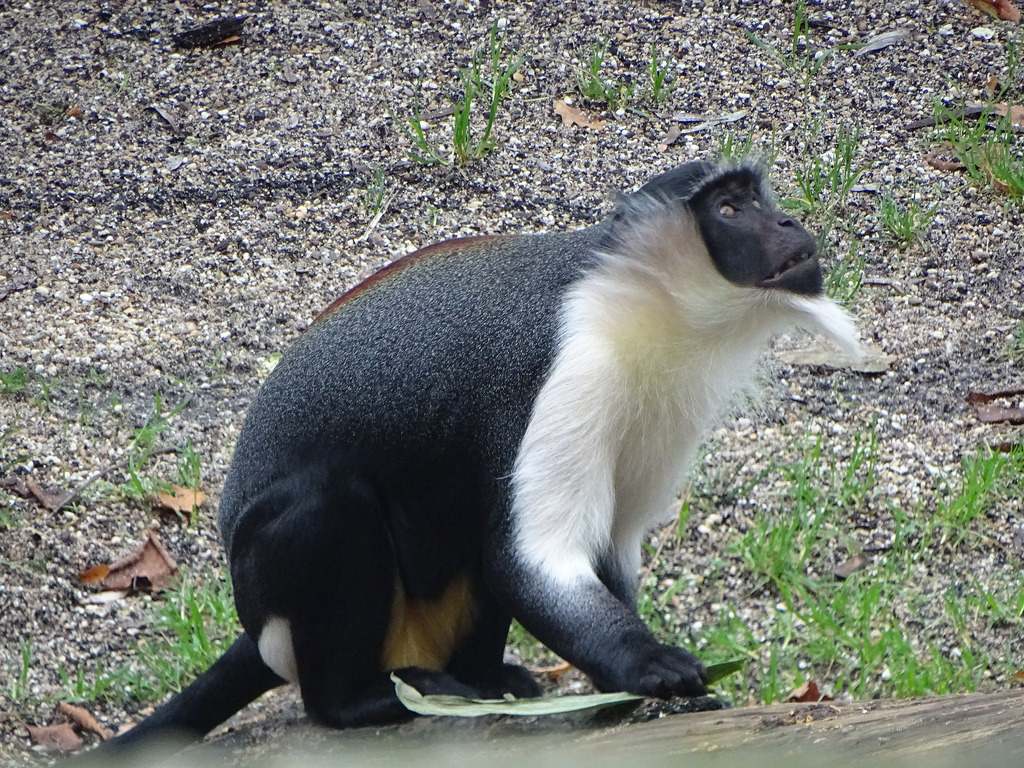
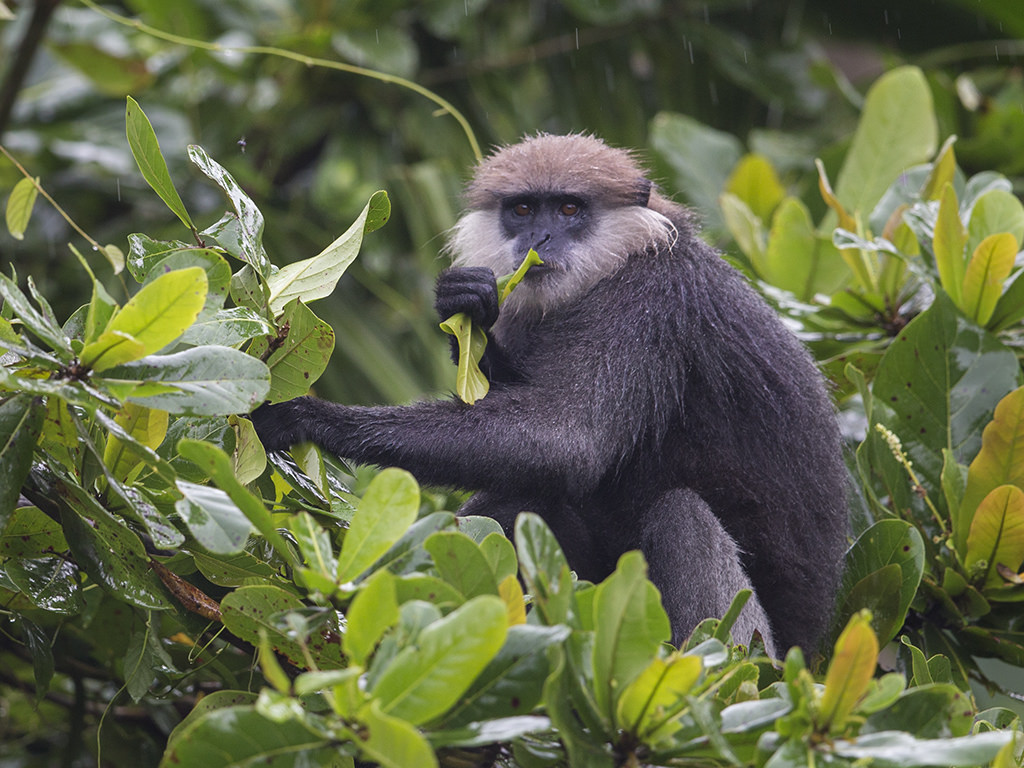
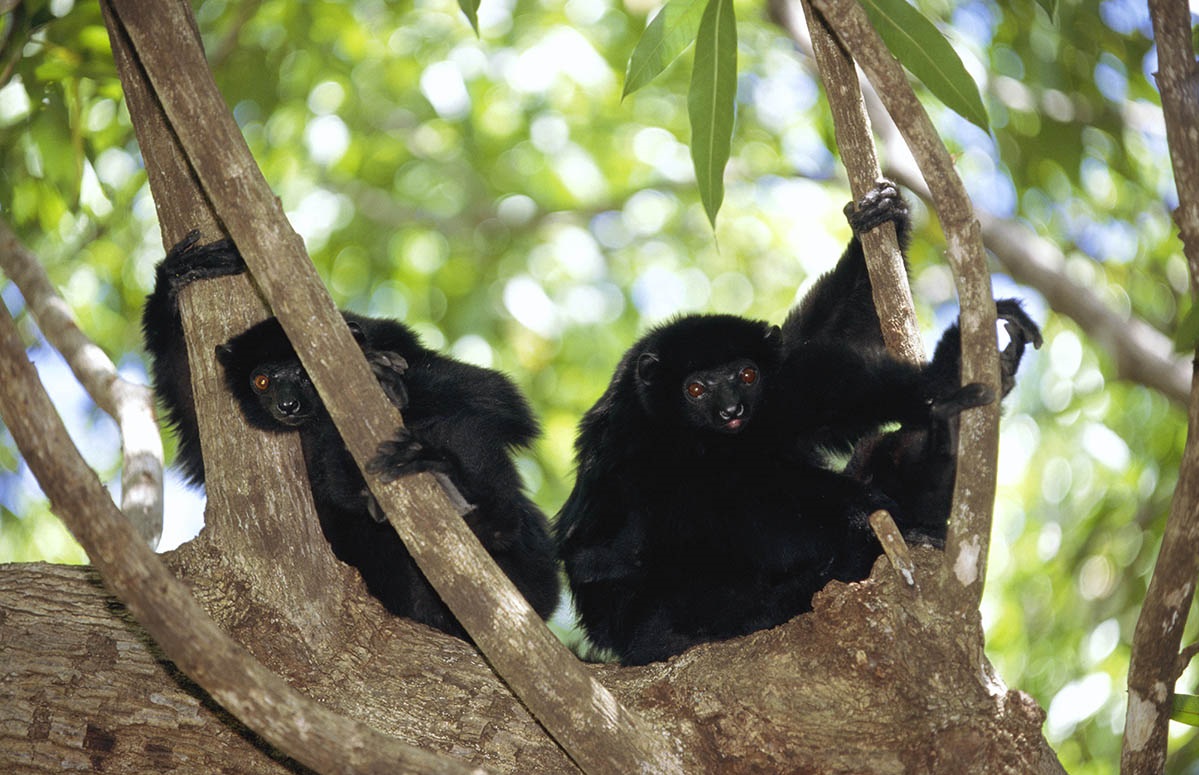
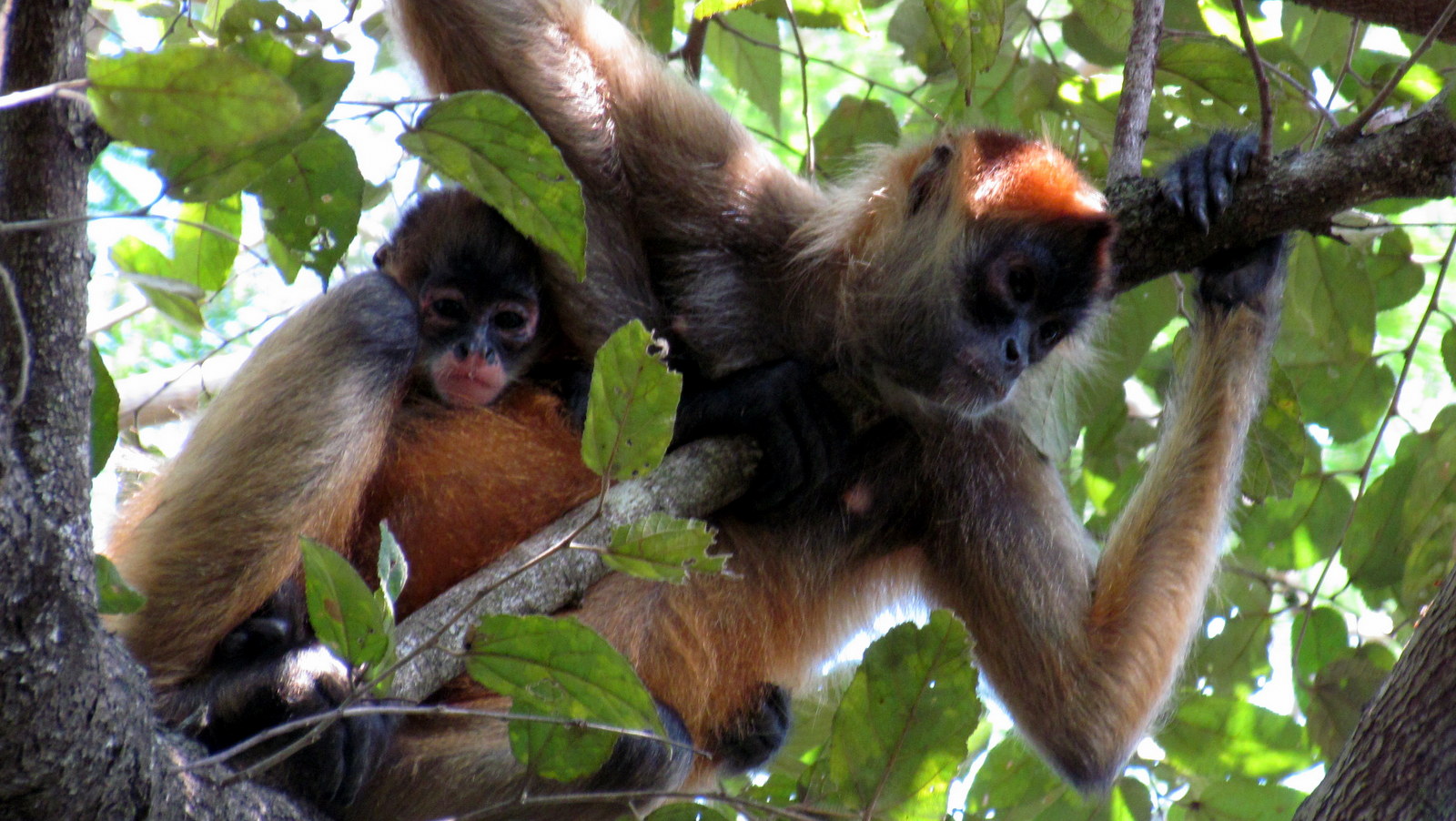
Comment